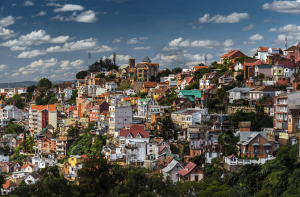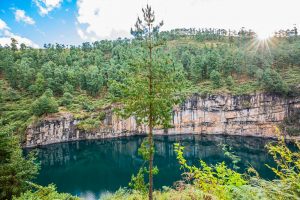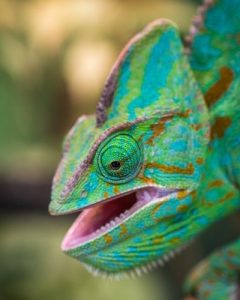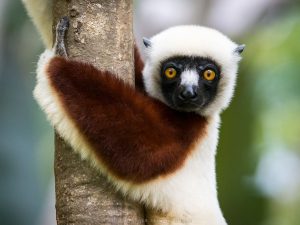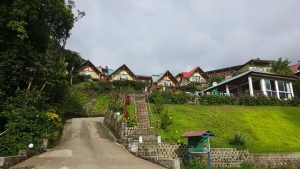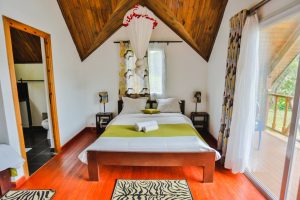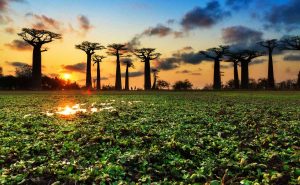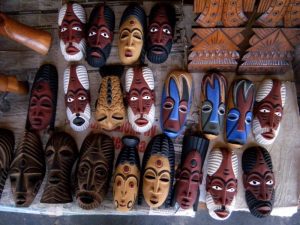Daily Itinerary
Day 1 | July 18: Leave Salt Lake City
Day 2 | July 19: Paris
Day 3 | July 20: Antananarivo
Hotel: Belvedere

Day 4 | July 21: Antananarivo
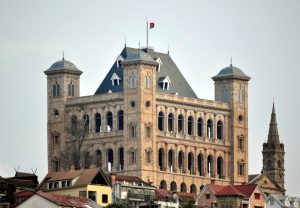
We will learn about the history of Madagascar, politically and culturally as well as its unique role in the golden age of piracy.
We will stay another night at the Belvedere Hotel

Day 5 | July 22: Antsirabe
We will visit La Manoro School, set up a National Geographic iNatralist Project and help teachers teach Days for Girls and hand out hygiene kits.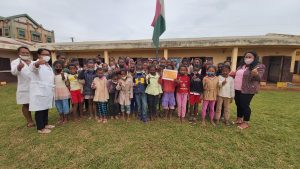
We will spend the night at The Royal Palace Hotel
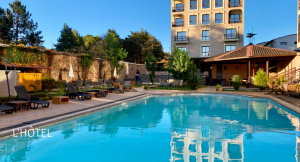
Day 6 | July 23: Antsirabe
We will be looking for unique chameleons in this region.
We will spend the night at The Royal Palace Hotel

Day 7 | July 24: Ranomafana
Dr. Patricia Wright is credited with discovering a once thought extinct lemur here. She and her team have been instrumental in setting up breeding programs and stabilizing its population. Her team will be introducing us to the work they do there and we will be learning about economic development as a tool for conservation.
We will be spending the night at the: Ranomafana Hotel
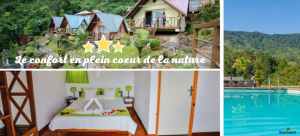
Day 8 | July 25: Ranomafana
Ranomafana National Park is located on the eastern side of the island country of Madagascar. It is in the southcentral part that side of the island. The national park encompasses an area of 160.61 square miles (416 sq km).
It features tropical rainforest-covered mountains with elevation ranging from 2,624.6 feet (800 m) to 3,937 feet (1,200 m). It is home to incredibly rare species of wildlife and vegetation.
The wildlife of the park reflects the tropical rainforest landscape. There are 43 mammal species with lemurs accounting for close to 20 of those. There are also 12 species of chameleons with another 10 species of lizards. These complement the 115 species of birds and 90 species of butterflies that fill the skies of the rainforest. Of the birds, 30 species are endemic to the area.
We will have our own local guide and park staff to show us around.
Hotel: Ranomafana
We will explore several trails through the park looking for wildlife.
TRAILS AND FAUNA
The park has five different trails that vary in length and duration. The shorter circuits are more popular and, hence, get busier, whilst the longer ones offer wildlife spotting away from the higher footfall. The Varibolomena circuit takes about 4 hours to complete and offers some great opportunities to spot the bamboo lemurs, passing a waterfall en-route. The Vohiparara route can take up to two days to complete, crossing the national park via a sacred lake, whereas Sahamalaotra is a 10 kilometre round circuit. Varikatsy is comprised of slightly rougher terrain, taking one or two days to complete, and has the added attraction of a natural pool to cool off in. The most challenging trek available is Soarano which, depending on fitness levels, can take two or three days to complete, visiting some traditional tanala villages on the way.
FAUNA
Lemur lovers will not be disappointed here with a total of 12 lemur species calling it home. In addition to the golden bamboo lemur, you may spot the rare Aye-Aye, Milne-Edward’s sifaka, black-and-white ruffed lemur, eastern woolly lemur, eastern grey bamboo lemur, red-bellied lemur, greater bamboo lemur, red-fronted brown lemur, Small-toothed sportive lemur, greater dwarf lemur and brown mouse lemur. Other wildlife within the park includes mongoose, tenrecs, bats, geckos, countless frog species and the Malagasy striped civet.
Day 9 | July 26: Nosy Be
Nudibranch Research
- Through surveys using scuba diving equipment, we are able to provide data to determine the species density and biodiversity of nudibranchs in the area as well as associated substrates.
Reef Surveying
- Monitoring the biodiversity, health, and growth of the reef system surrounding Nosy Komba. This is achieved through fish, invertebrate, and coral surveys using scuba diving equipment.
Beach Clean-Ups
- Clean beaches help save the lives of marine animals that are caught in and/or eat marine litter as well as removing synthetic, damaging material from the ecosystem. This data is being collected for an international research project being run by the University of Cape Town, monitoring ocean waste across the Indian Ocean.
Day 10 | July 27: Nosy Be
Artificial Reef Research and Participation
Through reef regeneration by coral propagation and litter removal on our artificial reef structures, we can aim to increase the coral reef size and health in the area, thus providing more habitat space for reef fish.
Community
- We will work to provide education to the local community about environmental issues, conservation, and the protection of biodiversity and marine resources such as food.
Day 11 | July 28: Nosy Be
Volunteers are accommodated in communal bungalows adjacent to the main lodge that are fitted with bunk beds. The ablution facilities are modern and hygienic with running water, flush toilets and cold water showers.
The centre has two permanent ground staff maintaining the gardens, four Chefs and three assistants providing volunteers with three meals per day and maintaining the communal living areas. Each meal is prepared on site in the traditional Malagasy cooking method using fresh, locally grown, seasonally available produce.
Day 12 | July 29: Nosy Be
Madagascar Research and Conservation Institute’s Forest Conservation Program involves constant monitoring of the forest and its endemic wildlife on Nosy Komba. The diversity and abundance of species needs to be studied in order to identify changes in forest dynamics, populations, habitat health and identify potential localized threats.
We use a variety of field survey techniques to assess the biodiversity of the following;
- Lemurs – Species ID, behavioral monitoring and comparisons and population assessments carried out at designated observation sites.
- Reptiles & Amphibians – Pitfall traps, transect surveys, and active forest searches both during the day and at night.
- Birds – Visual and vocal identification, potential for mist netting.
- Invertebrates – Creating an inventory or species through observations and moth sheet surveys.
Forest volunteers will receive species identification training and learn how to conduct field surveys, set up equipment and collate their data.
Day 13 | July 30: Antananarivo
Hotel: Belvedere

This will be our last day in the city. We will have time to visit markets, museums, restaurants and enjoy the culture.
Day 14 | July 31: Leave 1am
Explore Madagascar with the Hutchings Museum Institute. We will be visiting and working at Conservation Centers, installing a Days For Girls Enterprise, and applying new technologies to exploration.
Expedition led by: Daniela Larsen, National Geographic Certified Educator, 2021 Grant Recipient




